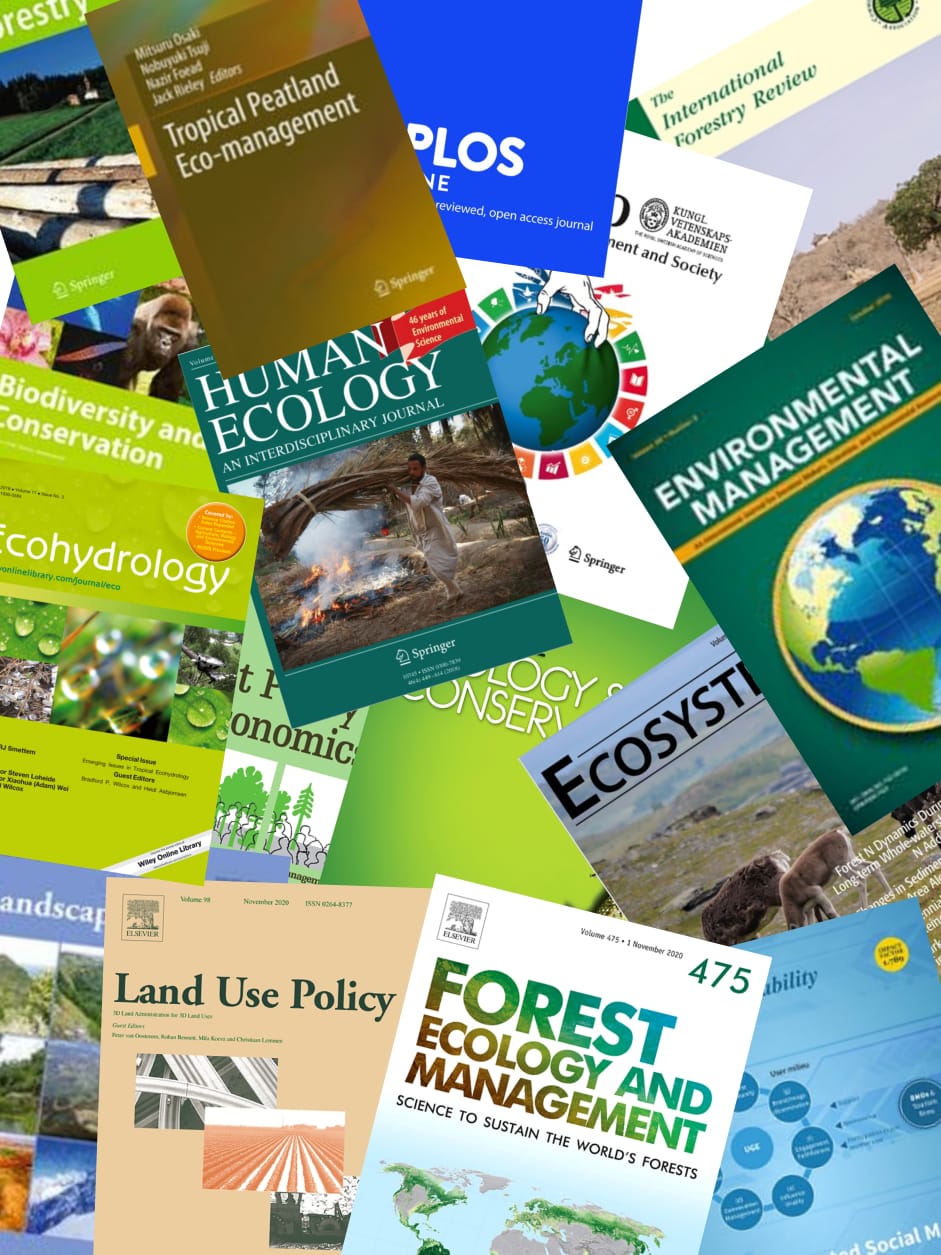Fire is an important physical agent that influences several environmental processes. It is used in slash-and-burn agriculture as a tool for land management, where the heat generated during burning can change physical, chemical and biological soil properties. Therefore, the fallow period plays a key role in both increasing sustainability and reducing soil degradation in slash-and-burn agricultural systems, as it allows the physicochemical and biological properties of the soil to be stored. The objective of this study was to evaluate the immediate effect of fire on the physicochemical properties of the topsoil (0-5 cm) for a slash-and-burn agricultural system in a subtropical environment following a 7-8 year fallow period during which 6.2 kg m(-2) of biomass had accumulated. A 0.8ha plot was slashed, dried, and burned according to the local slash-and-burn system used for cropping maize and black beans. Soil temperatures were measured at depths of 0 to 5 cm and >500 degrees C were recorded at the soil surface and <100 degrees C at 5 cm depth, probably due to the evaporative cooling effect of the relative moist soil. Physicochemical changes to the soil were observed up to a depth of 2.5 cm. Changes in the chemical properties of the soil were more evident than changes in the physical properties. Although the soil surface was heated to >300 degrees C, the temperature at which any soil water repellency is typically destroyed; repellency levels remained high (similar to 250 s, WDPT) after the fire. The outcomes suggest that even relatively high fuel loads and densities in this tropical slashand-burn system do not necessarily have a detrimental effect on soil physical parameters. (c) 2014 Elsevier B.V. All rights reserved.
View source

